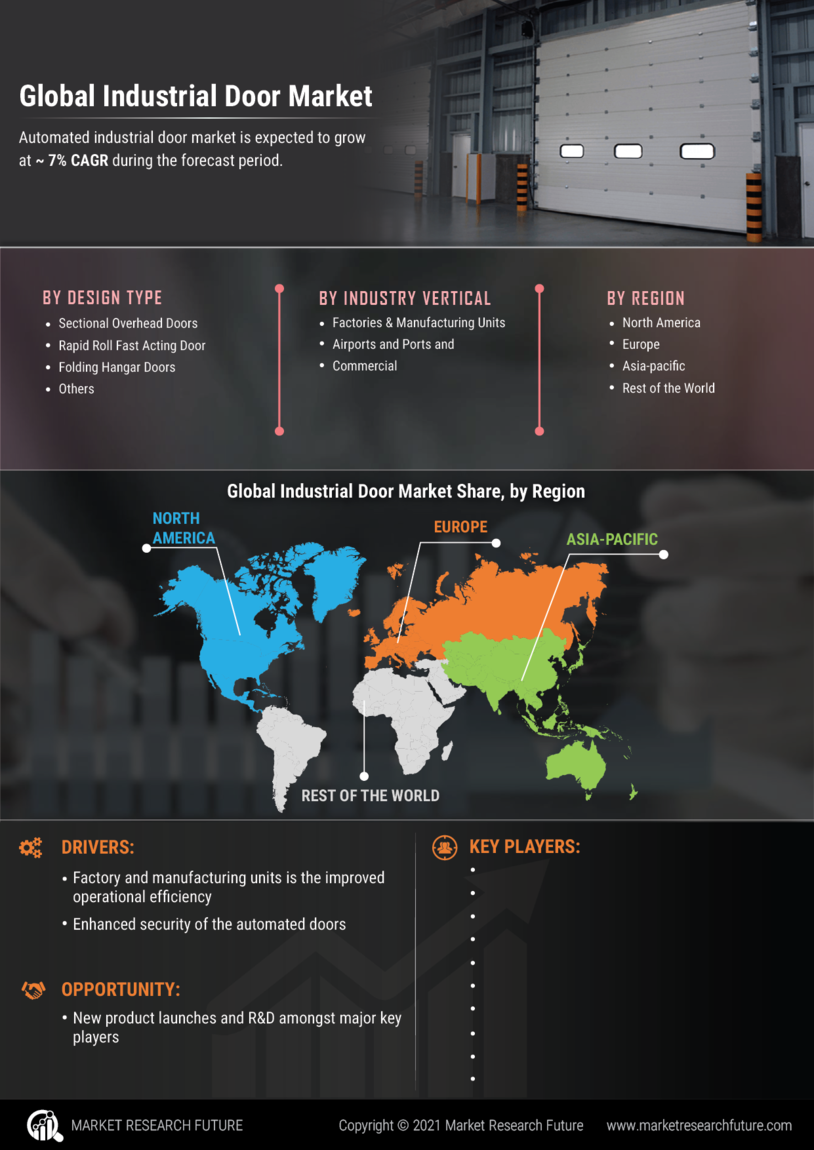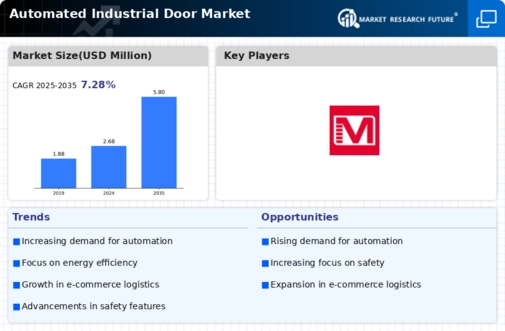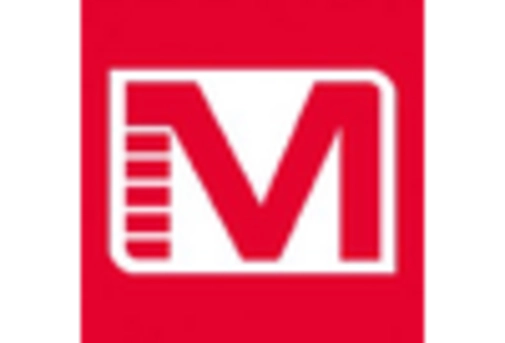The Automated Industrial Door Market, based on region, has been divided into North America, Europe, Asia Pacific, Rest of World. North America consists of US, Canada, and Mexico. Europe consists of UK, Germany, France, Italy, and Rest of Europe. Asia-Pacific consists of China, India, Japan, and Rest Of Asia-Pacific. Middle East & Africa consists of Saudi Arabia, South Africa, UAE, and Rest of Middle East & Africa. South America consists of Brazil, Argentina, and Rest of South America.
The Asia Pacific region is witnessing a substantial surge in the adoption of automated industrial doors, driven by rapid industrialization, technological advancements, and the growing need for efficient access control solutions across various industries. Automated industrial doors offer benefits such as enhanced security, energy efficiency, and improved operational efficiency, which have propelled their demand in the region. One of the key drivers of the Asia Pacific automated industrial door market is the booming manufacturing sector across countries like China, Japan, India, South Korea, and Southeast Asian nations.
These countries are witnessing significant investments in industrial infrastructure, including warehouses, manufacturing facilities, and logistics centers, which are increasingly integrating automated solutions to streamline operations and ensure smooth material flow.
The United States, with its robust and diverse manufacturing sector, sits at the helm of the North American automated industrial door market. Automotive, aerospace, and the ever-evolving food & beverage industry fuel the demand for advanced door solutions. Stringent safety regulations and a strong emphasis on worker welfare translate into a thriving market for automated doors equipped with safety sensors and emergency exits. This focus on safety extends beyond regulations, with manufacturers prioritising features that minimize accidents and ensure smooth operations.
Furthermore, the growing green wave has swept across the US, leading to a surge in demand for energy-efficient door solutions. Doors with thermal insulation and automated opening/closing mechanisms are gaining traction, ensuring optimal temperature control within facilities and minimizing energy wastage. This focus on sustainability aligns with both environmental concerns and cost-saving initiatives, making such doors a compelling choice for US manufacturers.
Figure 2: Automated Industrial Door Market Size By Region 2023 & 2032 (USD Million)
The European automated industrial door market has witnessed significant growth in recent years, driven by technological advancements, increasing demand for efficient and secure industrial infrastructure, and stringent regulations regarding workplace safety. Major countries within Europe contribute significantly to the development and adoption of automated industrial doors, each with its unique market dynamics and trends. Germany, as Europe's largest economy and a manufacturing powerhouse, plays a pivotal role in shaping the automated industrial door market.
The country's robust industrial sector, encompassing automotive, manufacturing, and logistics industries, drives the demand for automated doors. German manufacturers prioritize innovation and reliability, leading to the development of cutting-edge automated door solutions. The emphasis on energy efficiency and sustainability further fuels the adoption of eco-friendly automated doors across various industrial applications. Moreover, stringent safety regulations and the need to enhance operational efficiency propel the integration of advanced features such as sensors, remote monitoring, and access control systems in industrial doors.












Leave a Comment